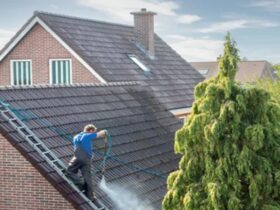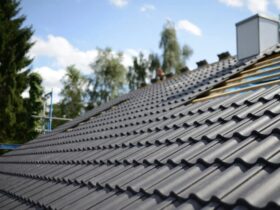Security alarm services involve installing, monitoring, and maintaining security devices and equipment. This includes security systems such as burglar and fire alarms, door and window sensors, and video cameras.
Central station-based systems transmit information from subscriber-controlled detection devices and sensors to a central control center. The information is processed and relayed to a network of operators. When an alert is received, a response unit is dispatched to investigate and address the problem.
Installation
Rather than going through the hassle of setting up your own DIY alarm system, you can usually save time and money by handing your installation over to a professional. Commercial alarm companies will be able to get a full picture of your security needs and make sure you have the right type of system for your budget and circumstances.
A basic alarm kit should include a control panel, window and door sensors, motion detectors and alarm sounds or lights. These are all designed to work together, so you can cover multiple zones, change settings for home, away and sleep, and use a panic button in the event of a fire or break-in.
You can also install wireless sensors or cameras if you prefer. Often, these are less expensive than wired systems, especially for smaller facilities or areas. They can be moved and placed anywhere in your building or property, allowing you to configure the setup that meets your security needs best.
Monitoring
When an alarm event is triggered by your home security system, it sends signals to a central monitoring station. The first signal sent by your control panel is usually a phone line communication but some systems like ADT offer alternate or backup transmission options.
The information that is transmitted by your home security system to the monitoring center includes account identification, the type of sensor, and the location of the triggered device. The monitoring center can then contact the proper local emergency response agency.
Some jurisdictions require that the first alarm signal be visually verified before it is passed to a police or fire department, which can help speed emergency service response. This can reduce false alarms, and may also result in a lower overall cost of monitoring.
Professional monitoring is often a good option for businesses, as it can provide additional peace of mind and help to avoid potential loss or damage from a break-in. Some businesses can even benefit from insurance discounts, which can offset some of the costs of a monitored security system.
Maintenance
A security alarm service needs to be maintained properly to ensure that it works as it should. It is essential to have it tested at least once a year so that any potential problems are identified early and repaired before they become too serious.
A routine burglar alarm maintenance visit involves the testing of all major components. These include the connections, cabling, power supply and battery.
It is also important to test the smoke and carbon monoxide detectors. This will ensure that they are working correctly and can help save lives in the event of a fire.
In addition, regular tests of the sensors will make sure they work well and are free of obstructions. It will also help to ensure they remain connected to the other parts of the system and to the monitoring center.
Upgrades
Many homeowners choose to upgrade their security alarm system when their needs change. This may be due to changing home layouts or a significant life change like the addition of children.
Another reason to upgrade is because of the changing technology in the industry. Older systems often have problems with aging sensor technology, motion detector devices that give too many false alarms, or outdated cellular communication technologies.
Upgrading your system also gives you a chance to increase your coverage and add new features that will benefit your family.
Some upgrades include replacing components with higher-quality ones. This can be a great way to increase your protection while saving money on maintenance costs.
Other upgrades include adding smart home capabilities to your system. These technologies make it easier to control and monitor your home remotely. They can also help integrate your security system with other smart appliances and devices.





